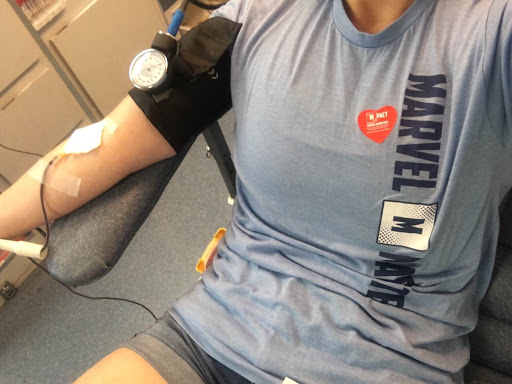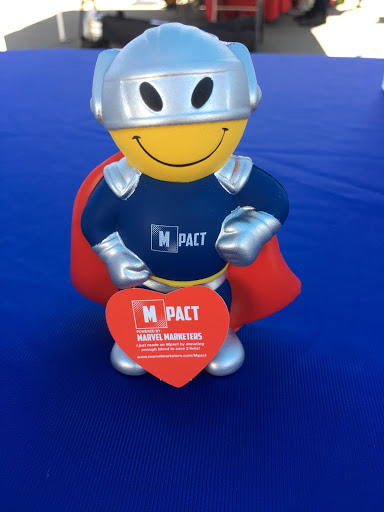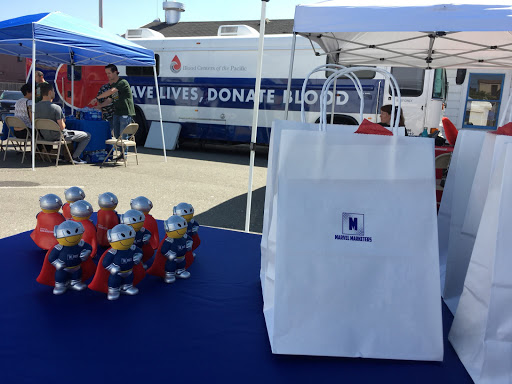Digital marketing spend in the US is anticipated to reach 3.24 billion dollars by the year 2023. Out of all those new leads, only 20% on average generate a sale. That transfers to approx. 2.59 billion dollars loss marketing spend in 2023.
Often many digital marketers focus on acquisition because goals are often set for how many leads programs need to acquire. While this is important in the marketing funnel, it is only one part of the challenge as we go from acquisition to a qualified sale (or your ultimate success metric).
Digital marketers use re-engagement strategy to engage inactive leads or remove inactives from the database. This not only assists in maximizing marketing ROI, but also achieves a clean, truly engaged list of subscribers.
In order to successfully re-engage these leads/customers, it is important to track your rate of churn and understand your lead-life cycle.
Recognizing & Segmenting Inactivity
To successfully launch a re-engagement email marketing program, it is important to segment your database to define leads that are inactive now, and build triggers to recognize and automate future leads that become inactive.
Segment filtering can be very different from one organization to the next and can be tied to activity on past emails, measure of success, cadence, or consumer purchase habits.
Real-world examples:
- ENTERPRISE X sends a monthly email with the goal of showing readers what is new online that month. The goal is to have readers click through to informative content. Readers are not considered inactive until 6 months of not opening the email.
- B2B sends a cross-promotional nurture email weekly to encourage leads and customers to discover and buy new products/content which is targeted by a known topic of interest. The lead does not open/click an email in 3 months which triggers a re-engagement program. Success is accounted for by discovery- click through to the website.
- B2C organization sends weekly email to customers. The product is a consumable with a 30 supply. The organization’s e-com is linked to their EMP and marketers are able to trigger inactivity from the last sale/next anticipated purchase date. The consumer is sent a series of reminder and incentive based “come back” emails. The success is measured by online sales.
Setting your goals, understanding your data, and subscriber’s life-cycle are key in defining your trigger of inactivity and measurement for success.
Cadence
Like your segmentation, cadence is different for each organization. Perhaps re-engagement of subscribers of a newsletter that goes out at the end of the month could become re-engaged by a series of weekly communications that deploy throughout the month. Some organizations opt for a single email. An understanding of your subscribers and past communications is key. Test, test, and test. There will always be more inactivity to optimize future communication, content, and cadence.
Re-engage Email
You know who you are emailing; you know what you want to measure; you understand the cadence. Now it’s time to put it to work. Email best practice fall across all communications, but re-engagement has some tried and true learnings that can work:
Subject Lines
- Catchy fun subject lines (where appropriate)
- Subject lines in a style different to standard branded communication
- Include call to actions
- Subject lines that create an emotional response
- Include value in the subject line
Graphics and Content
- Shorter email size
- Simple, straight to the point message
- Include “What you have missed”
- Surveys
- Value added statement
- Remind the subscriber why they signed up
Include
- Clear call to action/s to encourage engagement
- Clear method to unsubscribe
- Alternative way for the subscriber to interact (social media, blog, website)
Don’t be afraid to say goodbye
We all want a large audience to market, but like many things in life it is quality not quantity of leads that matter. After you have been through your re-engagement you will still have a percentage of your segmented list that has not responded. Now it’s time to make the cut. This can be a daunting task, and some organizations even send a “You are about to be removed” email just to have the comfort level they are truly worthy of being removed from the subscriber list.
Good news. Removing these leads from your database has many advantages:
- Gives you clearer cleaner performance stats on your engaged audience
- Helps your sender reputation
- Analytics: such as recognizing lead sources who provide value
There is no cookie-cutter solution for every organization, but a good re-engagement strategy itself can be one of the most cost-efficient ROI tools in your marketing arsenal.




